Farm visit: a tour around a typical British dairy farm
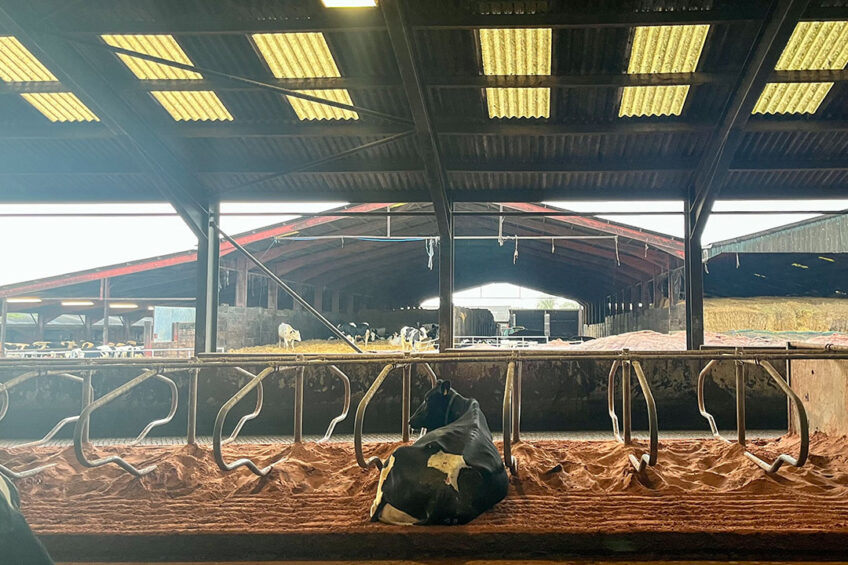
Just after midday, it is busy on Henry (74) and John (44) Shiles’ dairy farm. Just 2 staff members are milking the 439 cows in the milking parlour, and the cubicles have just been refilled. The farm, located in Codrington in the UK, looks like a typical British dairy farm with high roughage silage pits, and a closed floor between cubicles. A tractor scrapes manure out of the barn every morning. The farm boasts many separate buildings, which is a result of gradual growth.
Son John Shiles, who worked as a veterinarian from 2001 to 2013, now oversees the farm. When he expressed his desire to take over the farm, expansion was a logical step to generate multiple income streams. A new barn for more than 200 cows was built in 2014. Father Henry says, “I give solicited and especially unsolicited advice.”
Feeding and milking the cows
The father-and-son team have 10 employees, mostly Romanians. This is quite a lot since they have outsourced all fieldwork to contractors. Nevertheless, the dairy farmers are satisfied with the situation. In the morning, especially, many people walk through the barn.
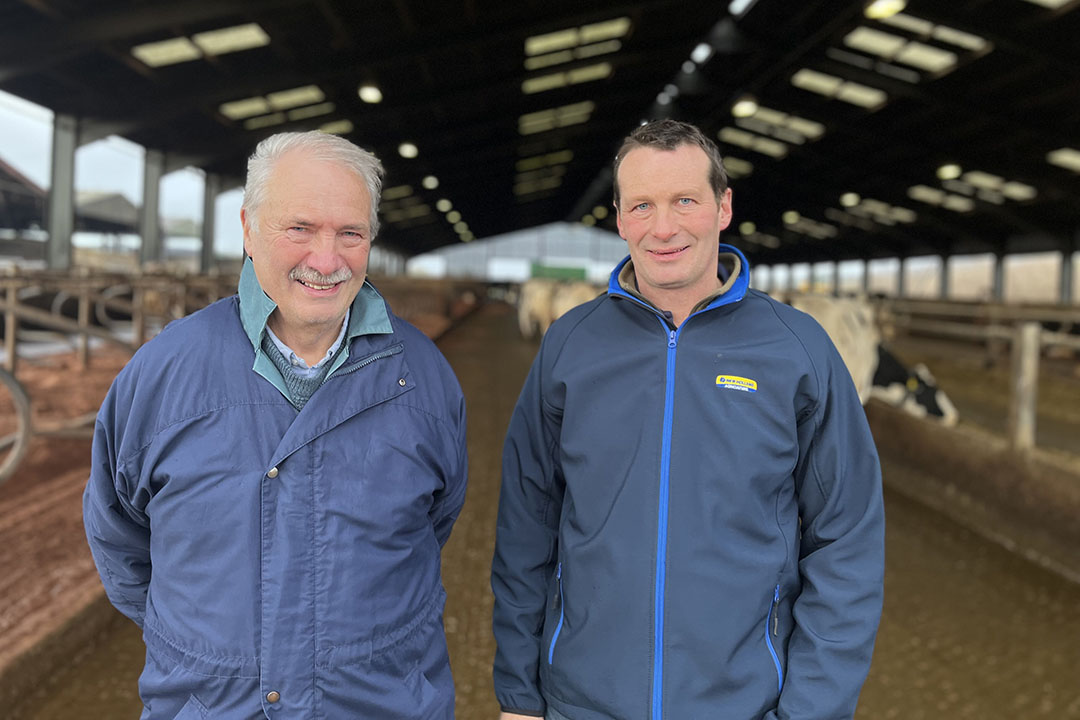
John says that 2 people milk the cows, and a third person gets the cows and scrapes the manure out of the barn with a tractor. A fourth person feeds the animals, and a fifth cleans the cubicles. Feeding takes 6 hours, and the dairy farmer estimates that cleaning the cubicles takes an hour. A rotary milking parlour would save him a lot of labour, but the investment is too large.
Finding the right staff has been a challenge since Brexit. “Work permits are harder to come by. It is also more difficult to order materials. If we want to import something and one little thing is not filled out right on a form, the whole shipment can be sent back to the country of origin,” John says.
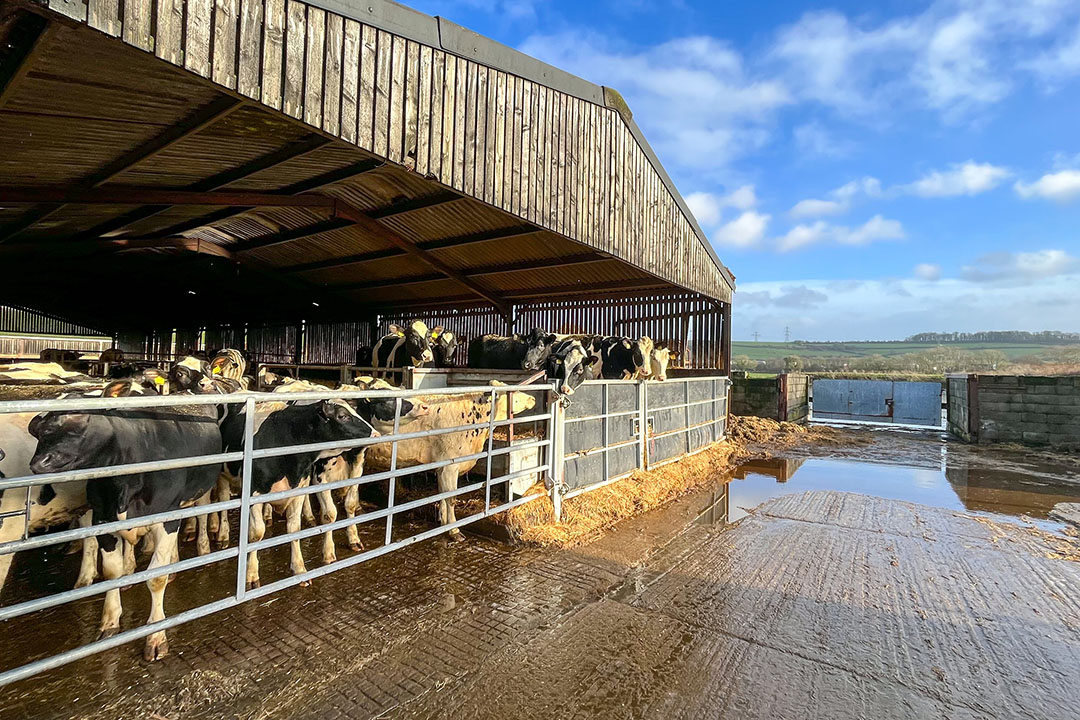
John focuses on breeding, feeding the Belgian Blue calves, and using his veterinary expertise on the farm. “We have 40 veal calves that we sell when they are 4-6 weeks old. We wanted to feed all the calves with an automatic drinking system. This did not work out very well because the calves got diarrhoea and lung problems. That is why we decided to keep the veal calves separate. Until I figure out how I want to manage them, I will feed them myself. This requires my attention until then.”
In the future, the dairy farmer wants to build different housing for the calves. This should reduce respiratory problems and diarrhoea.
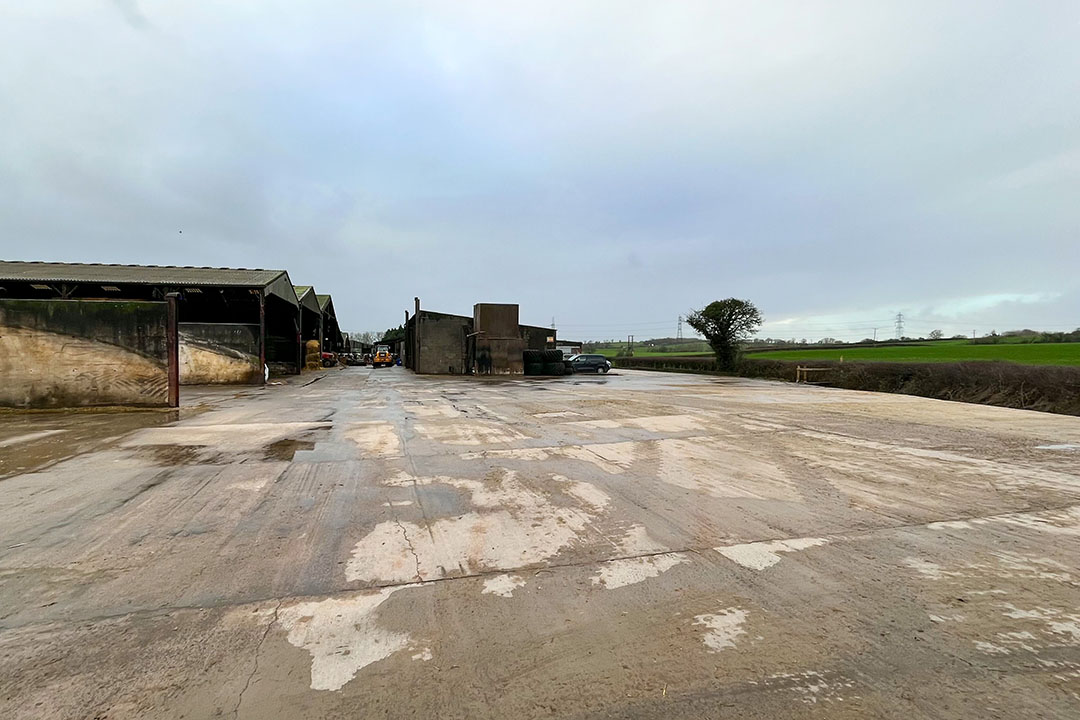
Milk contract
The 2×14 side-by-side milking parlour with rapid exit dates from 2001. A milking session takes 5 hours from start to finish. In addition to the contract with the dairy plant, the dairy farmer has a contract with the supermarket chain Tesco, which has several requirements for the milk that John supplies, including a fat content of at least 3.55%.
This is not a serious obstacle, so in practice, it is in the dairy farmer’s interest to aim for maximum milking. He tries to achieve this by milking the cows 3 times a day. In 2022, he received over €2.9 million in milk money. After deducting the feed costs of €900,000, more than €2 million remained.
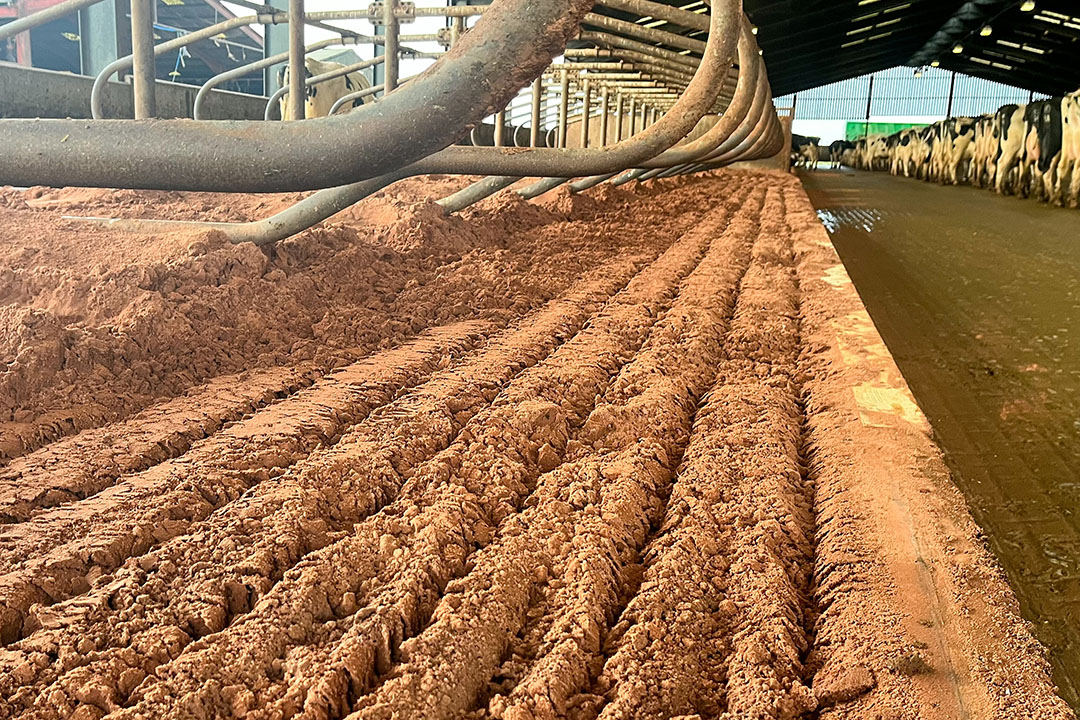
Roughage
In November 2022, the cows produced 39 litres of milk per day, almost 9 litres of which came from their own roughage. The farm’s 203 hectares are not enough to grow all the necessary roughage. Of the 158 hectares of permanent grassland, the livestock farmer makes large silage pits with an average of 28-30% dry matter. He first mows a cut of grass from his remaining 45 hectares before sowing these with maize.
The dry matter content is 30-33%, which is wetter than in the Netherlands. To store the silage as well as possible, the livestock farmer adds Ecosyl during silage. “It is an assurance for us that we are storing the roughage optimally.”
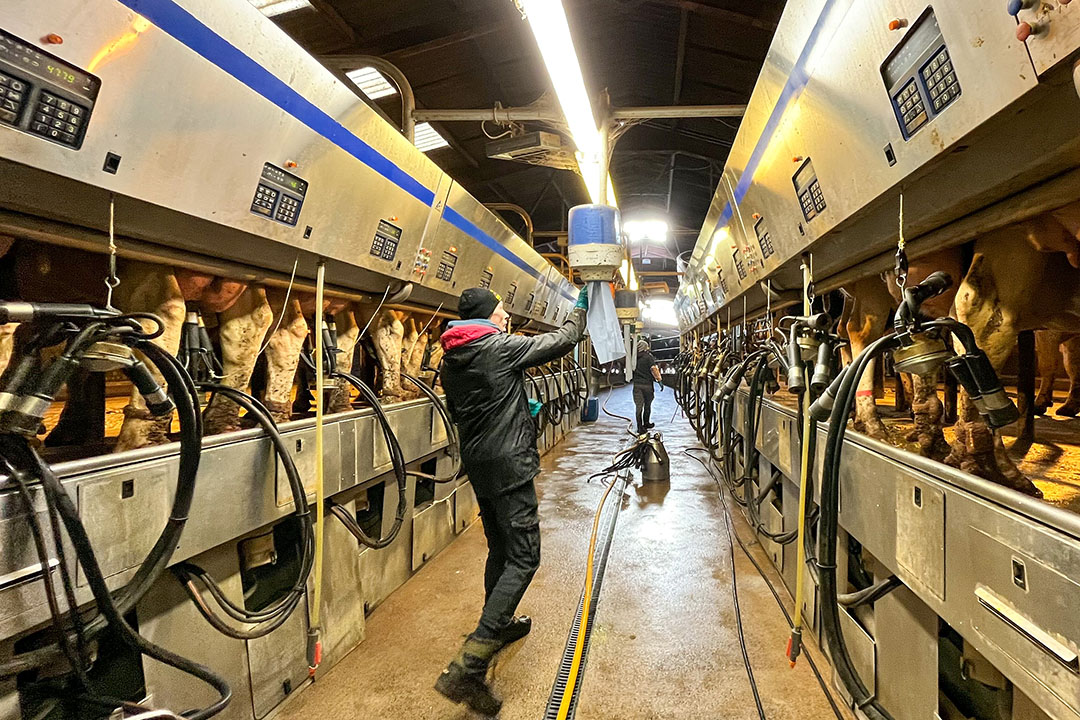
A neighbouring arable farmer grows 70 hectares of maize for John. In exchange, he regularly brings over solid fractions. The arable farmer does not plough the soil; otherwise, 2,500 tonnes of maize could have been harvested.
Shiles aims to harvest 6,400 tonnes of grass and 4,200 tonnes of maize this season, which is hopefully enough. The rest of the ration is supplemented with wheat, turnips, soy, straw, minerals, and molasses. He feeds 340 grammes of concentrate per kilogramme of milk. Controlling the cows’ feed intake is crucial for the livestock farmer. “That is the biggest reason for us not to graze the cows,” says Henry.
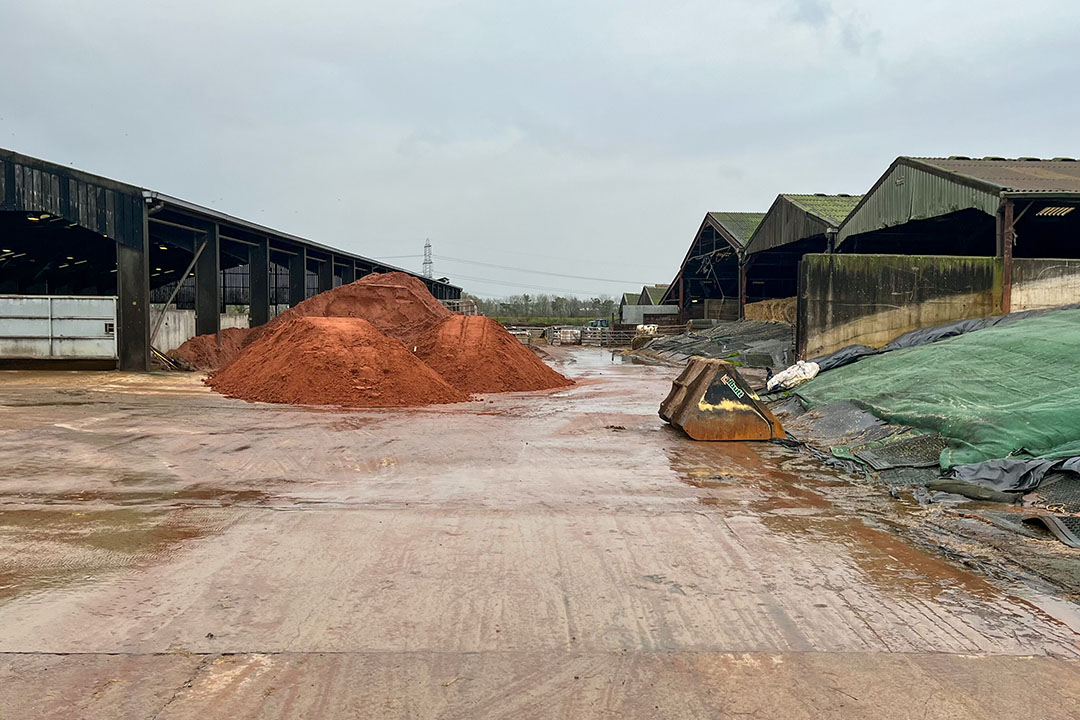
To keep the fat content above Tesco’s requirement, the livestock farmer adds rumen-protected fats to the ration. These do not only increase milk production and milk fat content but also contribute to the digestion of roughage and better fertility.
Fertility and replacement
Shiles’ replacement rate is around 35%, which is quite high by English standards. In recent years, the livestock farmer expanded his farm and bought cows to grow quickly. Some were infected with paratuberculosis, and he is now removing the infected animals. He no longer needs to buy cows for the current replacement rate, and all growth comes from his own rearing. Therefore, he has a lot of young stock to provide for replacement and selection.
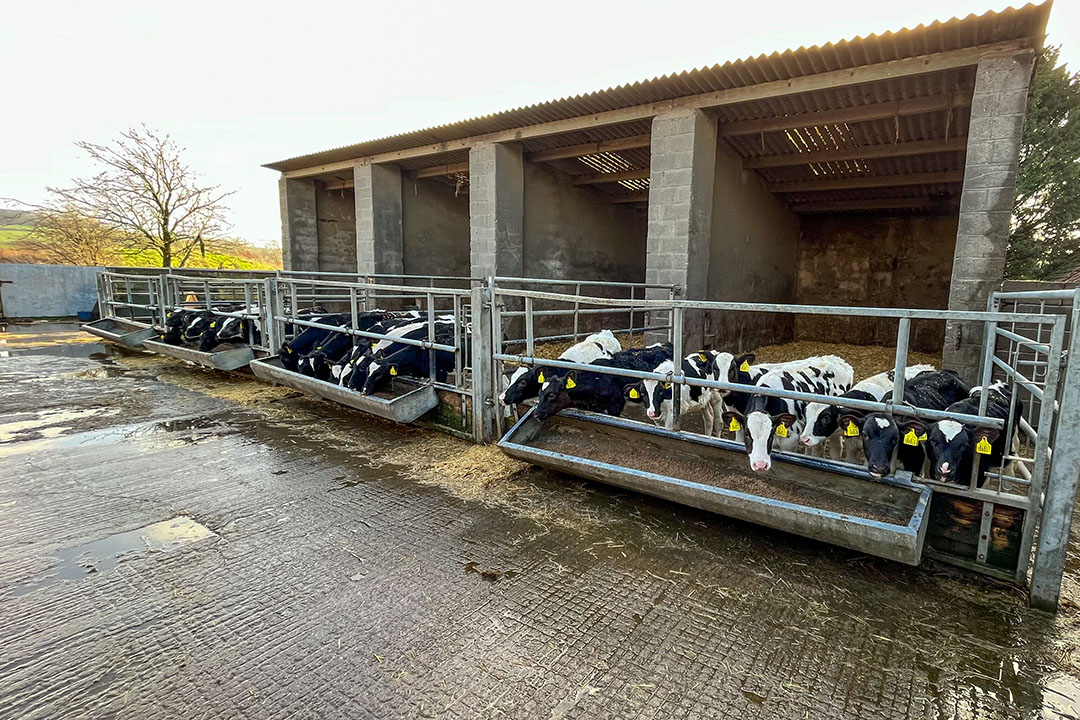
The 35% replacement rate is additional removal because the livestock farmer retained everything for a long time to achieve growth. Additionally, he has a strict removal regime when it comes to cow fertility, which is the main reason for removal.
At the same time, the average calving interval is 370 days, and 3-quarters of the dairy herd are in lactation for less than 200 days. To achieve this, the livestock farmer makes resolute decisions in his breeding planning.
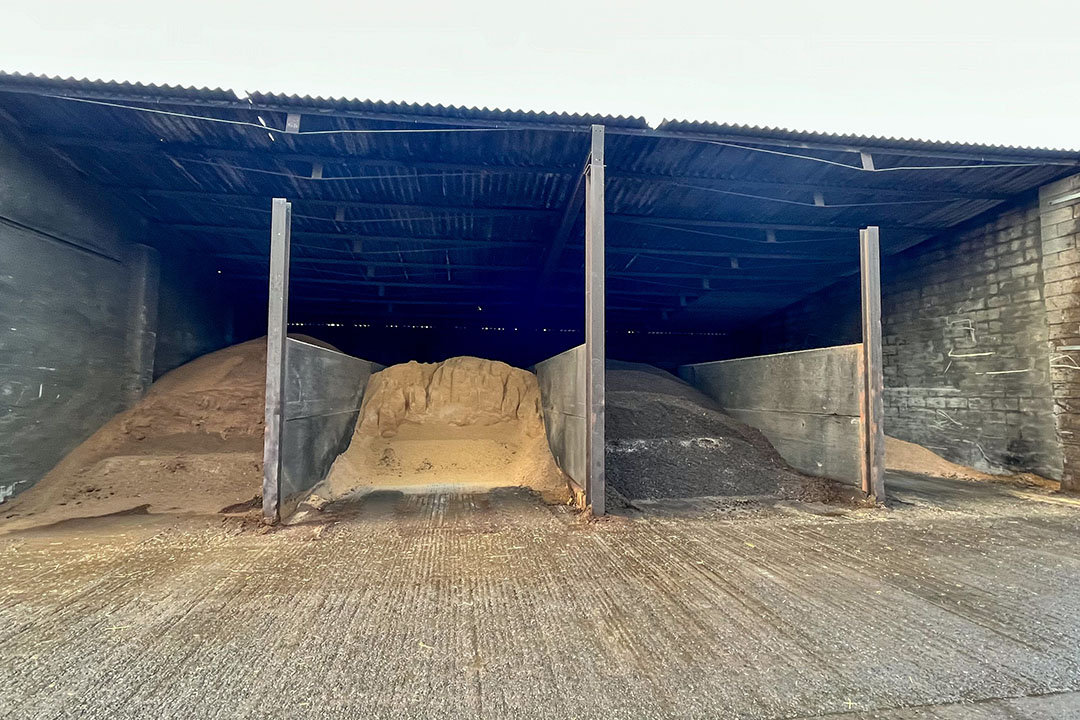
The farm manager inseminates all cows with sexed semen and Belgian Blue. “All heifers are inseminated with sexed semen. They get 3 chances before we inseminate them with Belgian Blue. Half of the first-parity cows get 2 chances to gestate with a sexed straw before a beef bull is used.
“For second-parity cows, the top 25% get 2 chances before being inseminated with Belgian Blue. We start inseminating when cows show the first heat and stop when they are past 200 lactation days. We remove cows that do not gestate.”
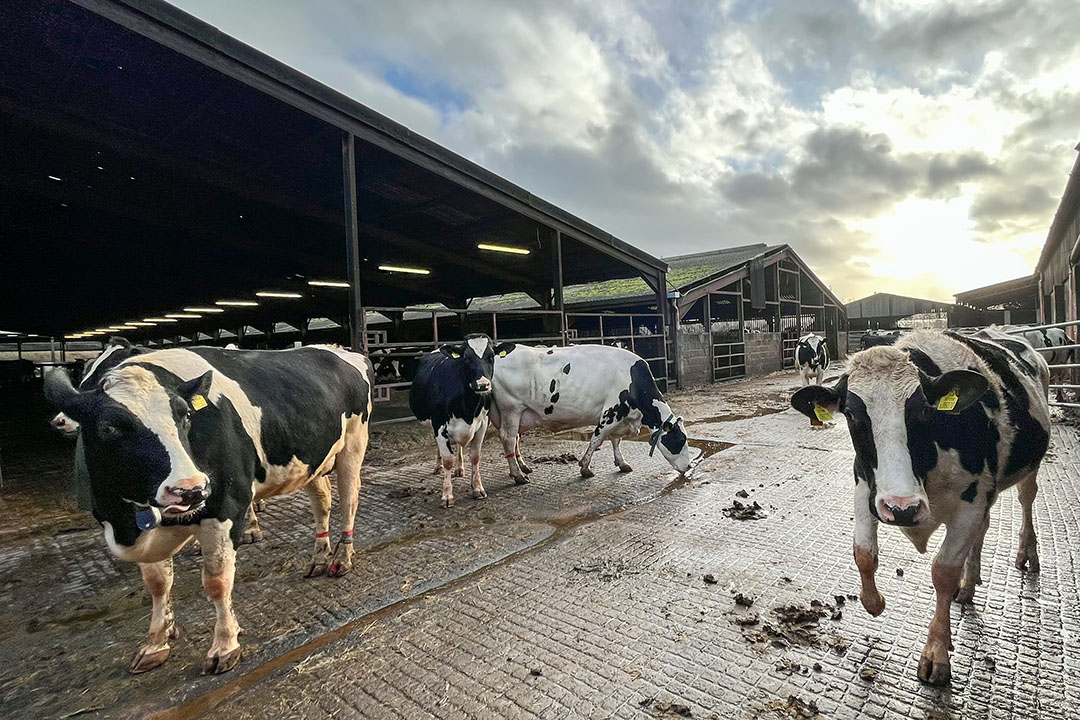
Join 13,000+ subscribers
Subscribe to our newsletter to stay updated about all the need-to-know content in the dairy sector, two times a week.










